- Product
- Solution for
For Your Industry
- Plans & Pricing
- Company
- Resources
For Your Industry
In today’s hyperconnected marketplace, AI-powered pricing intelligence is transforming how businesses set, analyze, and optimize their prices. Traditional methods like cost-plus pricing or manual competitor tracking can no longer keep up with the pace of digital change. By combining artificial intelligence, machine learning, and predictive analytics, modern pricing intelligence systems enable organizations to make smarter, data-driven decisions that maximize revenue, protect margins, and respond to market shifts in real time.
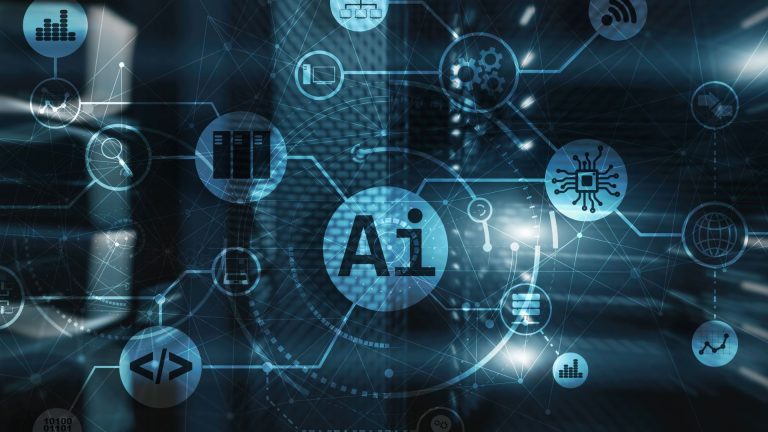
AI pricing intelligence refers to the application of artificial intelligence and machine learning models to collect, analyze, and act on vast pricing data sets from multiple sources—competitors, markets, customers, and internal systems.
Where traditional pricing tools rely on descriptive analytics (looking backward), AI introduces predictive and prescriptive capabilities. These systems can forecast future trends, simulate market scenarios, and even recommend optimal pricing actions automatically.
AI-driven pricing systems ingest structured and unstructured data—including competitor websites, eCommerce listings, CRM data, reviews, and real-time sales performance—to provide a holistic, contextual understanding of the market.
In essence, AI pricing intelligence helps organizations move from reactive to proactive pricing, giving them a sustainable advantage in dynamic environments.
Implementing AI in pricing begins with three foundational elements: data, algorithms, and automation.
AI pricing engines pull from a range of structured (sales data, ERP systems, POS data) and unstructured (social media sentiment, news trends, competitor behavior) sources.
Integrating this data across silos enables a unified view of market dynamics, essential for accurate predictions.
Supervised and unsupervised machine learning algorithms detect hidden patterns within massive datasets. These models continuously learn, refining their predictions as new data streams in—allowing prices to adapt dynamically to evolving market conditions
AI enables near-real-time decisioning. Once trained, these models can autonomously adjust prices, trigger alerts, or suggest changes—maintaining equilibrium between profitability, competitiveness, and demand elasticity.
Historically, businesses used static pricing models—cost-plus, competitor-based, or value-based pricing. While these methods served well in stable markets, they fall short in the face of today’s data explosion and digital consumer behavior.
Modern pricing decisions involve thousands of variables: competitor movements, customer preferences, channel performance, time of day, inventory levels, and macroeconomic shifts. Human analysis alone cannot keep up.
AI bridges this gap by analyzing millions of data points simultaneously and identifying the optimal price point in real time. This evolution has given rise to next-gen pricing intelligence, where human intuition and machine precision combine to create continuous strategic advantage.
AI systems constantly monitor competitor prices, product availability, and promotions across thousands of SKUs and markets. This continuous data stream allows businesses to react instantly to price shifts or emerging trends.
Using advanced demand elasticity modeling, AI tools adjust prices automatically in response to changes in demand, stock levels, or market events—ensuring optimal pricing at every moment.
AI can anticipate market behavior by learning from past data patterns. By factoring in seasonality, macroeconomic indicators, and even external signals like weather or social sentiment, these systems can predict future pricing opportunities.
Through deep learning, AI identifies micro-segments of customers and tailors pricing strategies based on buying patterns, lifetime value, and engagement history. This leads to hyper-personalized offers and improved conversion rates.
AI models allow pricing teams to simulate multiple “what-if” scenarios—evaluating the potential outcomes of pricing changes before implementing them. This predictive simulation capability minimizes risk and maximizes control.
The impact of AI-powered pricing intelligence spans both operational and strategic dimensions.
By identifying optimal pricing in real time, AI helps businesses capture untapped margin opportunities, reduce underpricing, and minimize revenue leakage.
AI transforms pricing cycles from days to seconds. Companies can respond to competitor actions or demand fluctuations instantly, maintaining market relevance.
AI ensures price consistency across digital and physical channels, building trust while optimizing omnichannel strategies.
Instead of relying on intuition or legacy data, AI empowers teams with quantifiable insights—turning complex datasets into actionable intelligence.
AI’s ability to deliver personalized and fair pricing strengthens customer relationships, especially in industries where transparency and fairness are key differentiators.
Retailers use AI to automatically reprice thousands of SKUs in real time. Algorithms analyze competitor data, product popularity, and inventory to maintain competitive yet profitable pricing.
Airlines and hotels leverage AI for dynamic yield management, adjusting prices based on booking trends, local demand, and even social events.
Manufacturers apply AI to optimize prices based on raw material fluctuations, distributor margins, and supply chain data—ensuring resilience in volatile markets.
B2B pricing models benefit from AI’s ability to analyze customer usage patterns and contract data, enabling value-based pricing and improved renewal rates.
Despite its potential, adopting AI pricing intelligence is not without challenges.
Inconsistent or incomplete data can compromise model accuracy. Clean, centralized data pipelines are crucial.
Black-box AI models can be hard to explain to stakeholders. Explainable AI (XAI) techniques help maintain transparency.
Companies must ensure that automated pricing remains fair and compliant with competition laws and consumer protection standards.
Successful AI integration requires cultural and process transformation—training teams, aligning KPIs, and redefining workflows.
Analyze reports monthly to find patterns and improve compliance strategy.
Start Small, Scale Fast: Begin with pilot projects that demonstrate measurable ROI.
Integrate Human Oversight: Combine algorithmic precision with strategic human insight.
Invest in Data Infrastructure: Build a reliable, unified data ecosystem.
Prioritize Transparency: Use interpretable models that can justify decisions.
Align Technology with Business Goals: Ensure AI-driven pricing supports broader strategic objectives.
We’re entering the era of prescriptive pricing intelligence, where AI systems not only recommend optimal pricing actions but also autonomously execute them.
The next generation of pricing engines will integrate with ERP, CRM, and supply chain systems—linking pricing to inventory, logistics, and customer engagement in real time.
Emerging trends include:
Reinforcement learning, allowing algorithms to learn optimal pricing through experimentation.
Generative AI for demand simulation and pricing content creation.
Ethical AI frameworks that ensure responsible automation.
Ultimately, the convergence of AI, big data, and human expertise will redefine how businesses perceive value and competitiveness in global markets.
Artificial intelligence is reshaping the DNA of pricing strategy. By enabling continuous learning, contextual awareness, and automation, AI pricing intelligence empowers businesses to make smarter, faster, and fairer pricing decisions.
In a marketplace driven by transparency, personalization, and rapid change, AI isn’t just an advantage—it’s becoming essential.
Companies that embrace AI pricing today will not only stay competitive—they’ll lead the next generation of intelligent, data-driven commerce.
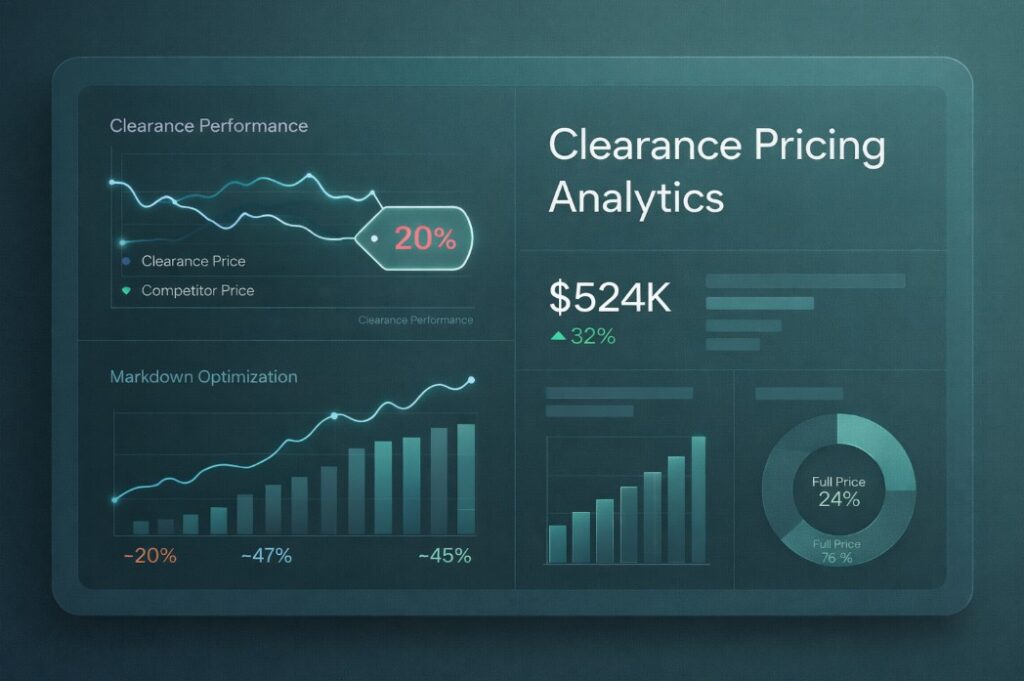
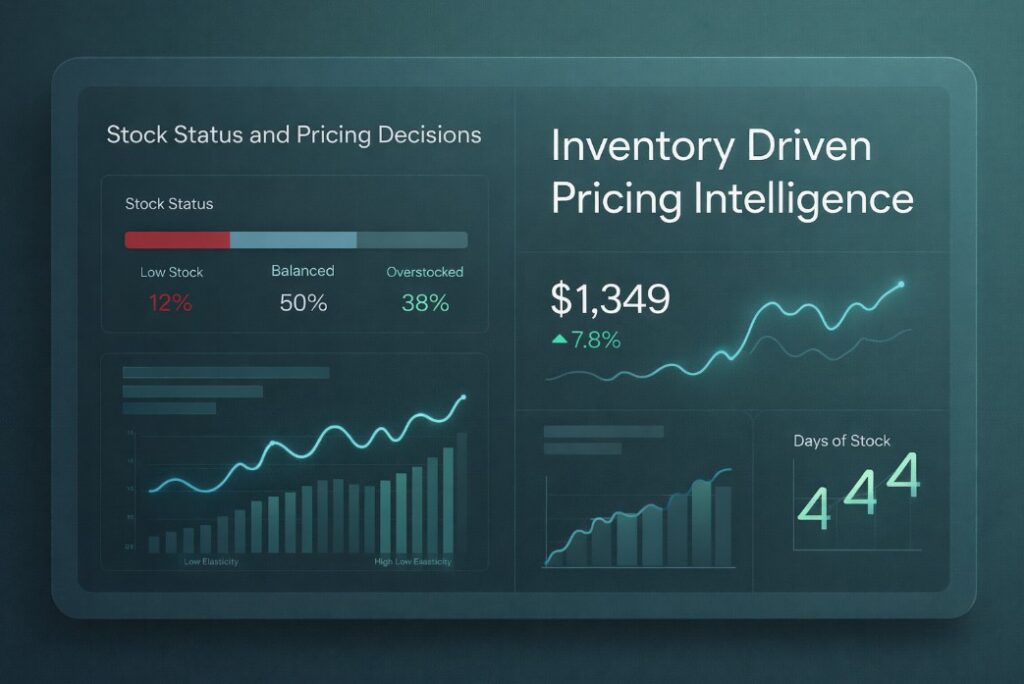
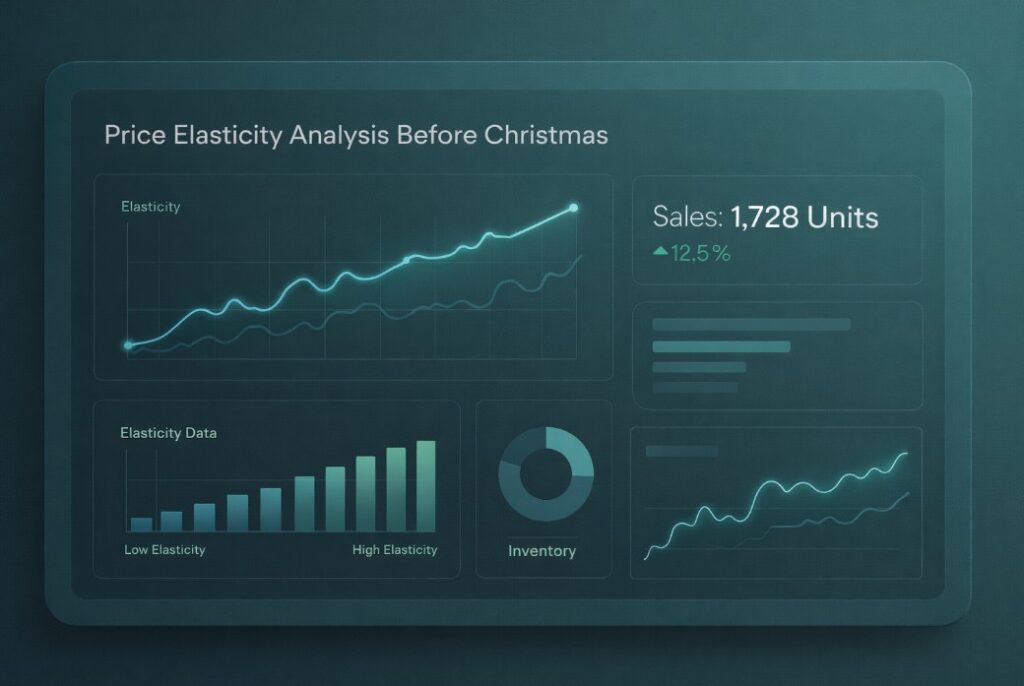
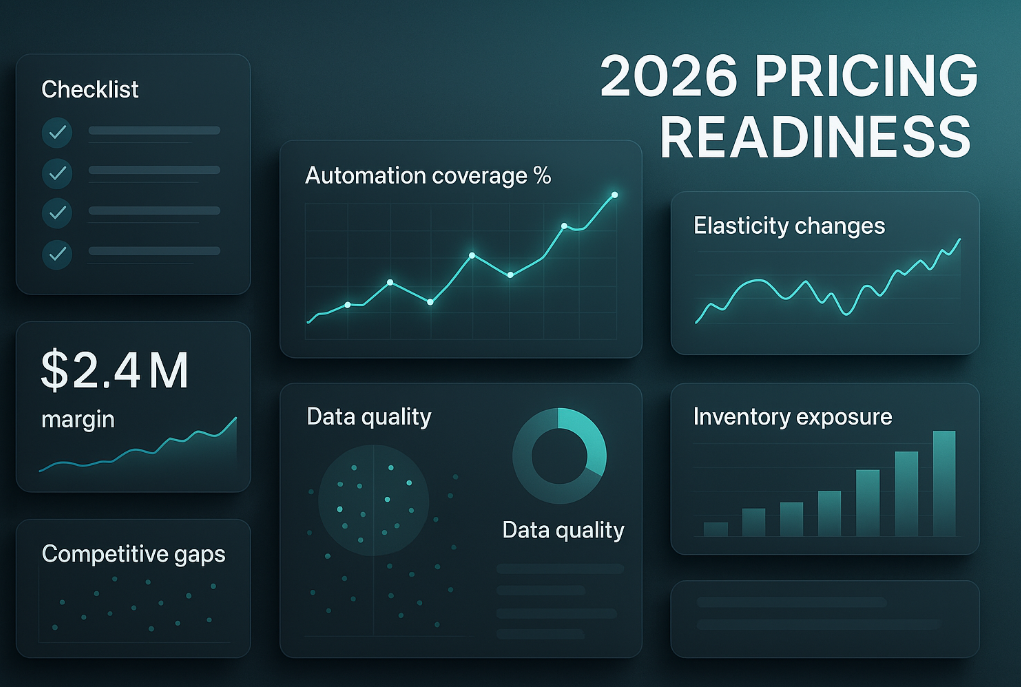
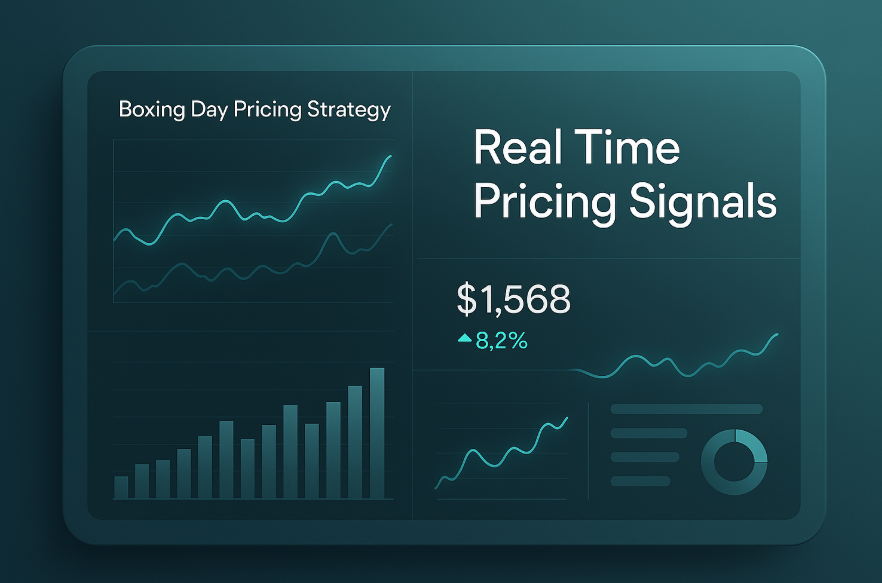
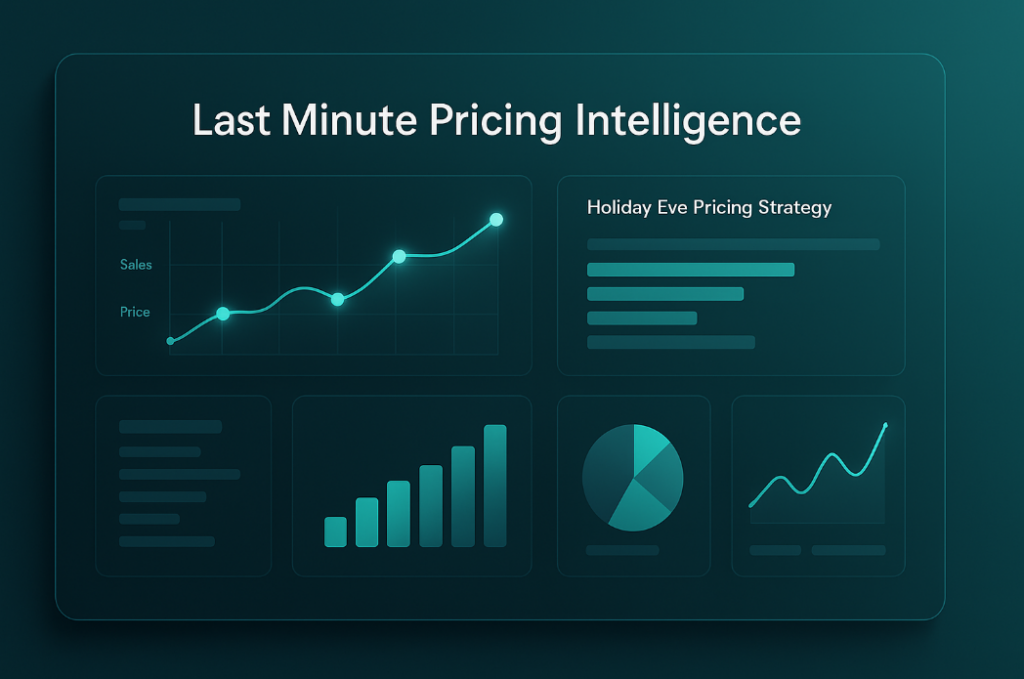







Missing an important marketplace?
Send us your request to add it!